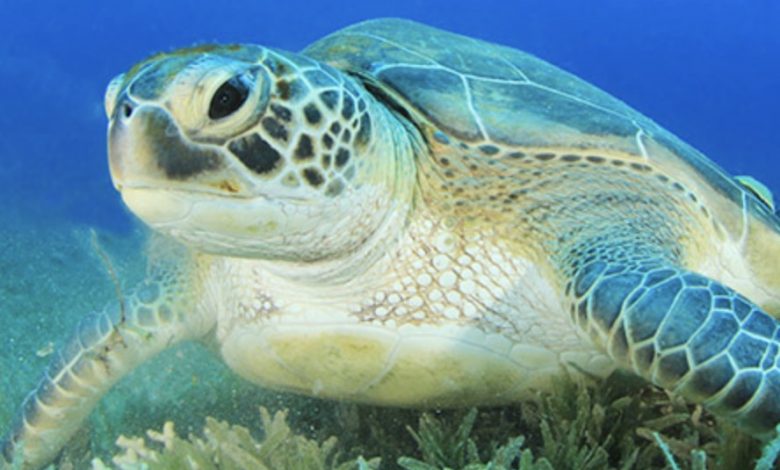Naming and etymology

Naming and etymology
“Turtle” is a common name and may be used without knowledge of taxonomic distinctions.[5][6] In particular, “turtle” may denote the order as a whole, as in North American usage,[7][8] or a non-monophyletic form taxon within the order, or only aquatic species, as in British usage.[9][8] This article uses “turtle” for the entire order.
Animals in the order are often called chelonians by veterinarians, scientists, and conservationists. The name “Chelonia”, now a synonym for the order, is based on the Greek word for “turtle”, χελώνη chelone; Greek χέλυς chelys “tortoise” is used in the formation of names of many turtle taxa.[10] The name of the order, “Testudines”, is based on the Latin word for tortoise, testudo.[11]
Anatomy and physiology
Size
The largest living species of turtle, and fourth largest reptile, is the leatherback turtle which can grow up to 2.7 m (8 ft 10 in) and weigh over 500 kg (1,100 lb).[12] On land, the Galápagos tortoises have reached lengths of 1.87 m (6.1 ft),[13] and weights of over 417 kg (919 lb).[14] The largest known turtle was Archelon ischyros, a Late Cretaceous sea turtle up to 4.6 m (15 ft) long[15] and estimated to have weighed around 2,200 kg (4,900 lb).[16] The smallest living turtle is the speckled padloper tortoise of South Africa. It measures no more than 8 cm (3.1 in) in length, and weighs about 140 g (4.9 oz).[17]
